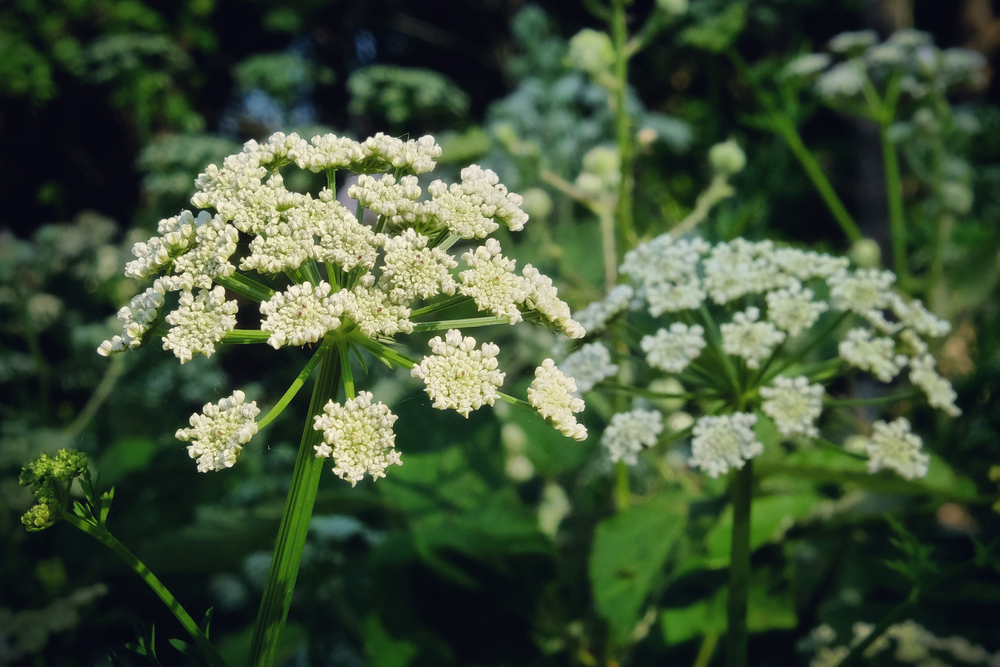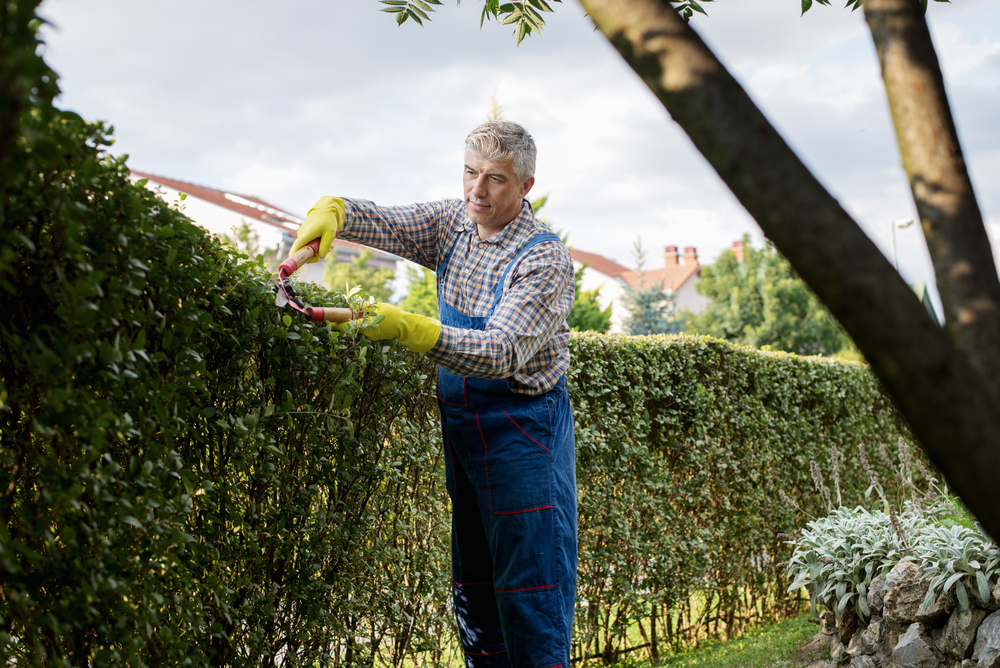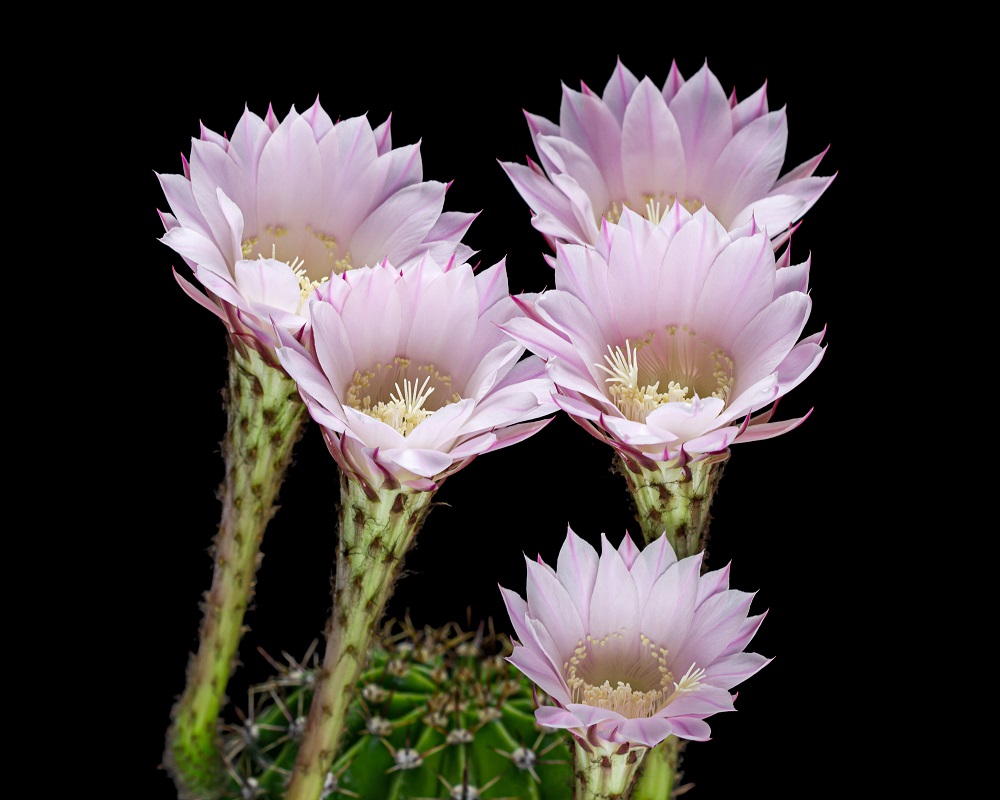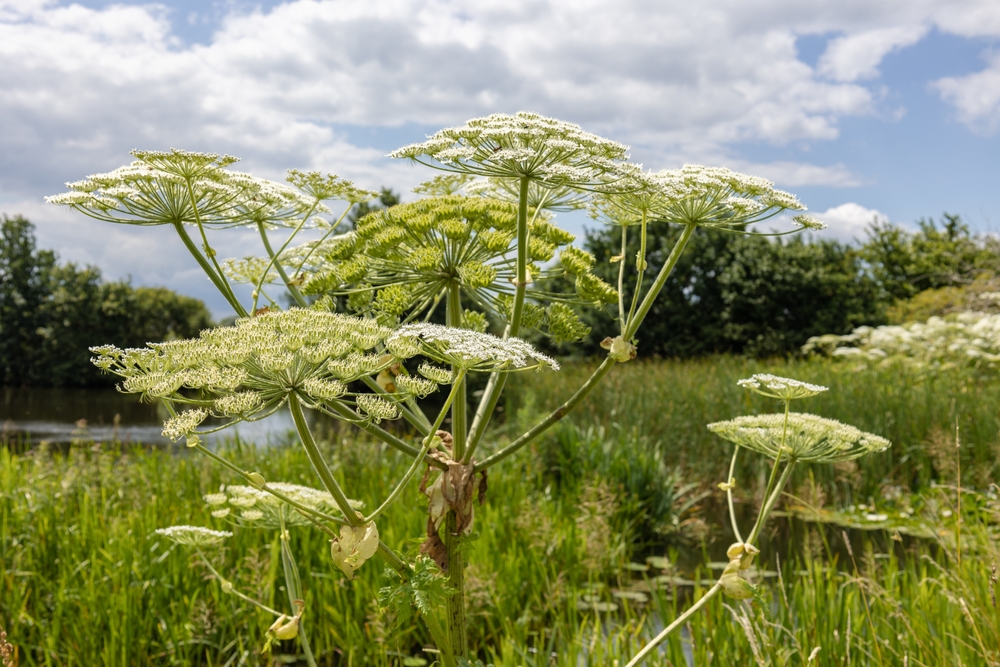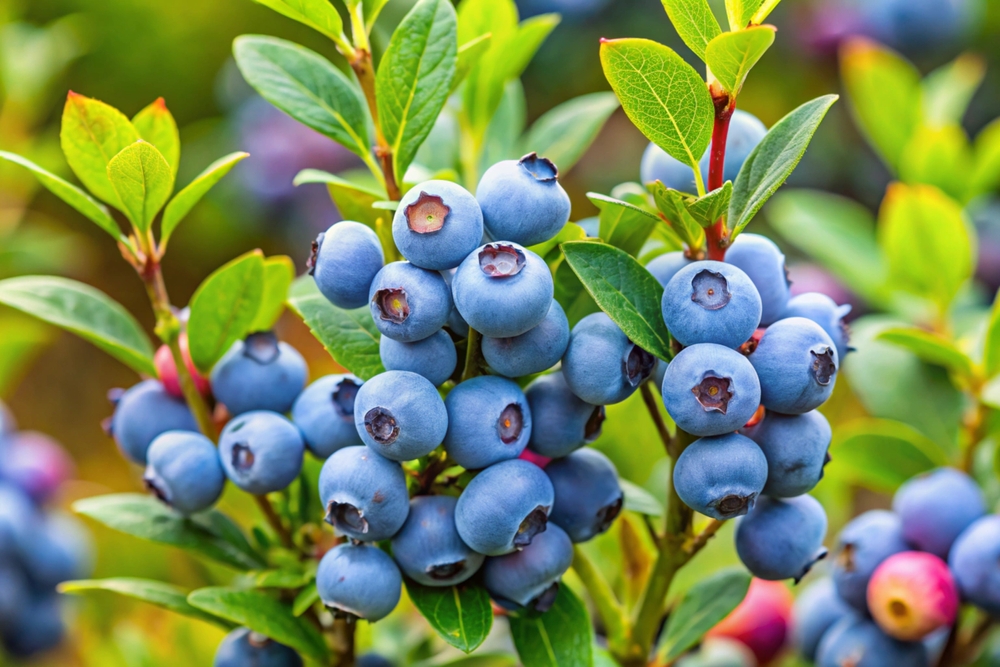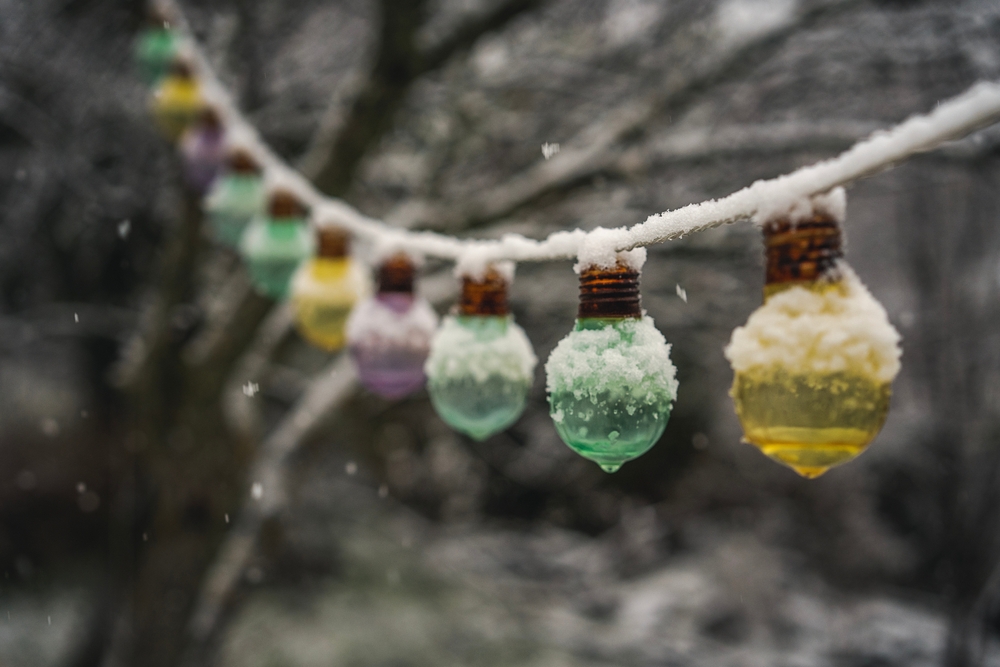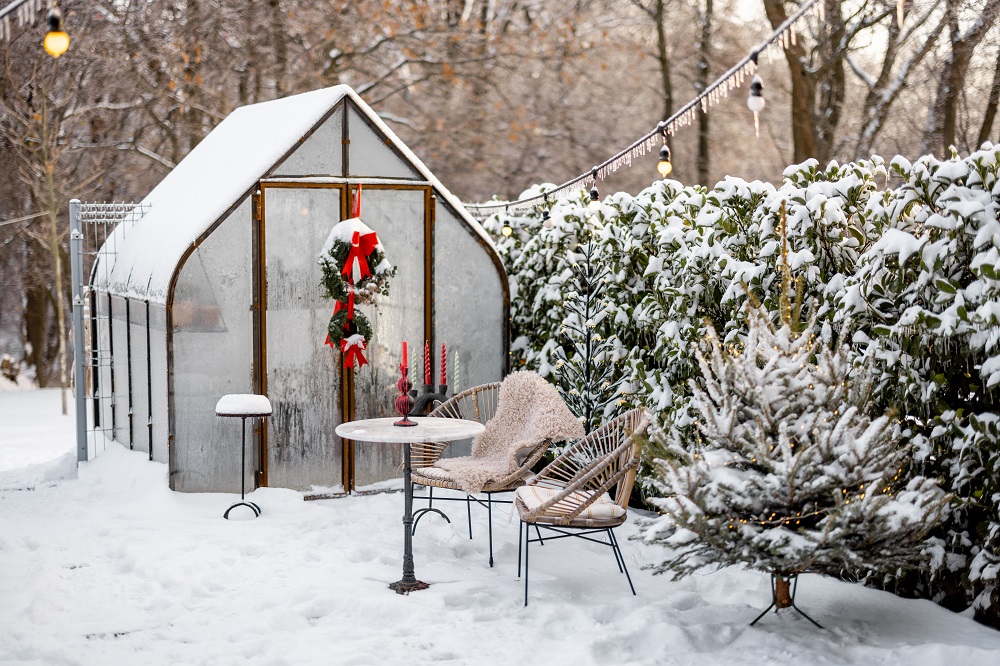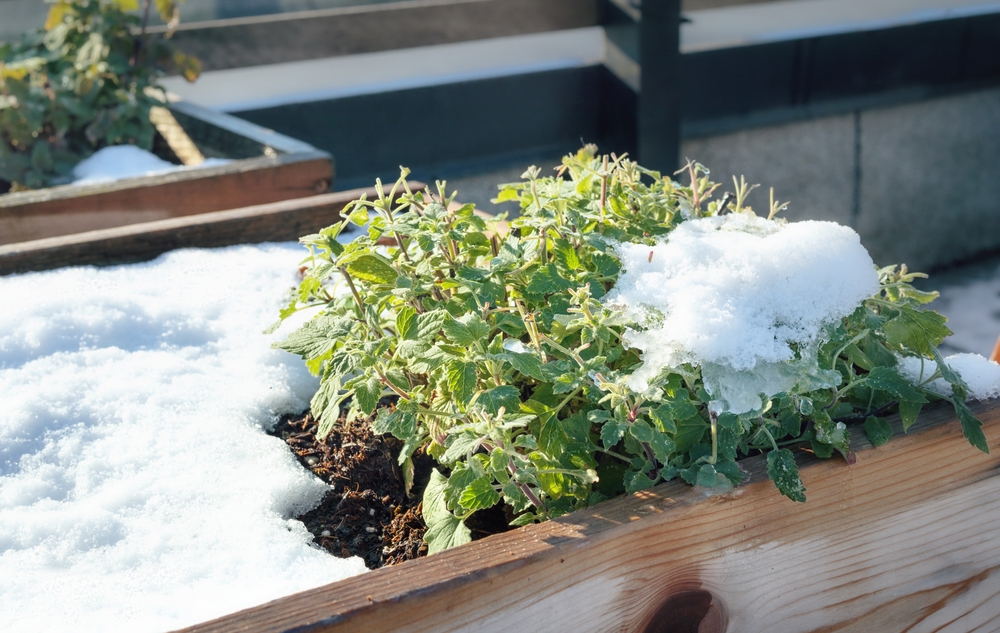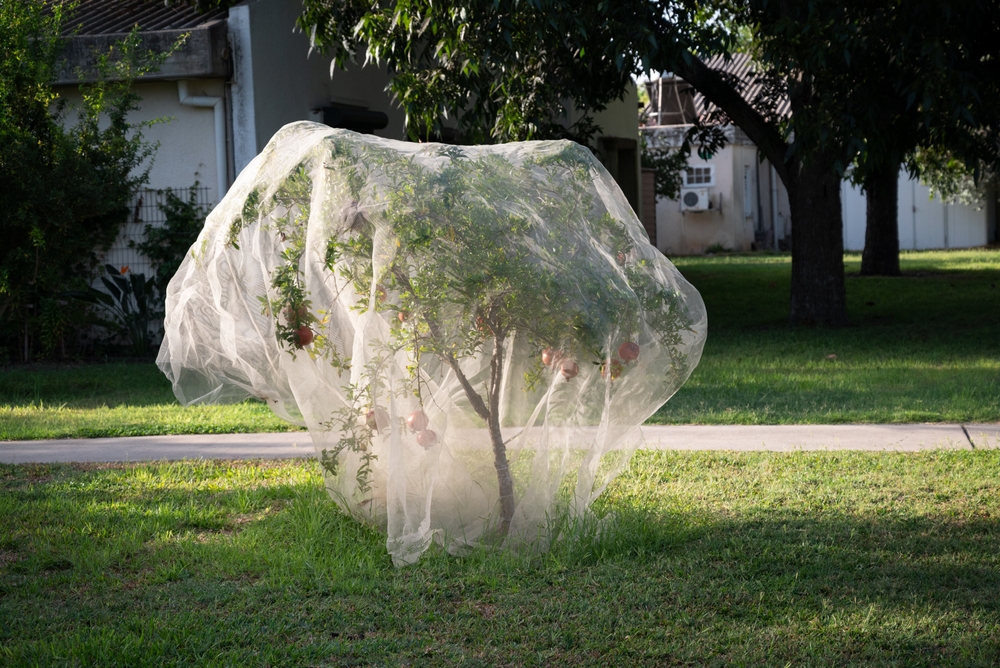See if YOUR garden is full of invasive plants!
When it comes to invasive plants, a lot of homeowners and gardeners are starting to be more and more aware of them. However, it would be hard to truly know what these invasive plants would be or how to recognize them.
As much as we try to be more conscientious about environmental issues and strive to be more sustainable, it can be hard to know when we are accidentally being harmful to the native ecosystem in our yards and hometowns.
The whole discourse and discussion around the invasive vs. native and even non-native plants going around can be extremely discussional.
This is why we have gathered all the answers and brought them to you today so you can better make ends meet with these discussions.
Staying updated on terms and understanding what’s going on with this native vs. invasive plant discourse is going to help you choose the best plants for your garden without accidentally damaging the ecosystem around you!
Have you ever seen what invasive plants do? How did people deal with it? Share your experience with invasive plants and species in the comments!

What are invasive plants?
By nature of their name, invasive plants already give us an indication that there is an issue with the fact that they are not native, but a lot of us do not understand completely what it means.
Since the discussion is mostly about what makes an invasive plant dangerous to the local ones and if all non-native species in a garden will become invasive, we need to make sure that we are all on the same page when it comes to terms.
In order for all of us to be on the same page, we should detail and explain some terms so that we are all on the same page and that all of these terms that many people assign meaning to are not misunderstood!
The most important terms to know in this conversation are:
- Native plant: this one is the easiest term since it describes a plant that is native to the location where it grows; no human has brought it there, and it would have grown there even without anyone intervening. Most of the time, native plants have a symbiotic relationship with other plants and animals in the area, and they have a rich history in the locations they are native to.
- Non-native plant: a plant gets the non-native label when it starts to grow in an area only due to human intervention. People take plants and then they plant them in areas with similar conditions where it does not naturally grow and introduce them there. The plant may end up adapting and establishing a good relationship with native plants and wildlife, or it may not. Once a non-native plant becomes accepted and thrives in a new space, thus growing in its own nature, it becomes naturalized.
- Invasive plant: this is a plant that is non-native and that has been introduced to a new area; what makes a plant become invasive is the fact that it has started to cause environmental issues and harm or it can harm humans. All invasive species are non-native, but not all non-native species are invasive.
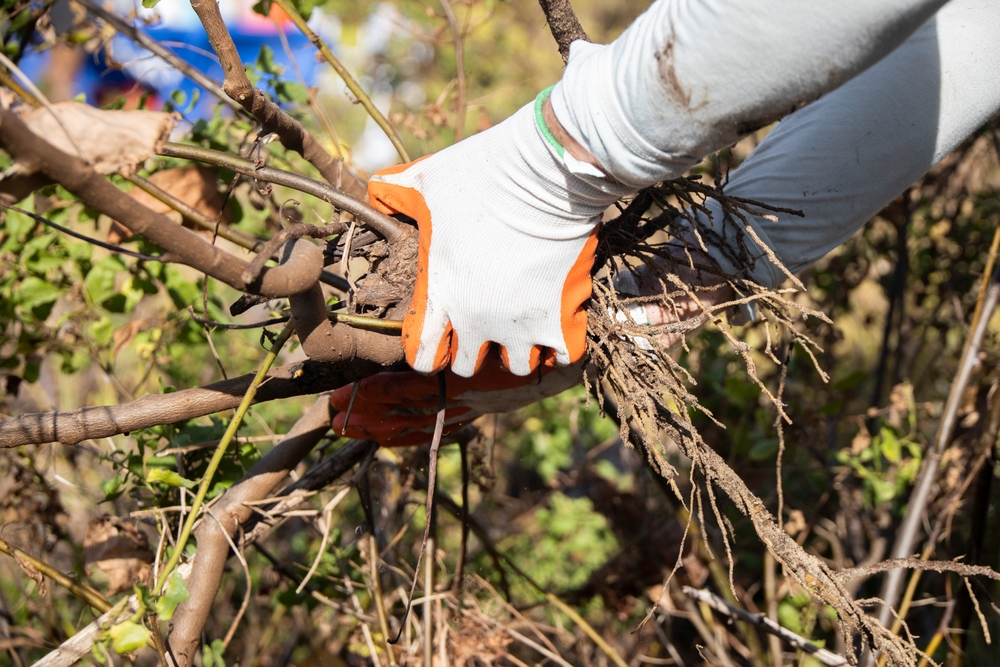
Can any plant become invasive?
Invasive plants do not always start their journeys as invasive species.
A lot of the time, non-native plants can end up being planted in areas they do not belong in, either accidentally or even intentionally.
Some gardeners end up planting non-native species in their gardens because they like them, and this is how they end up developing into invasive plants; it had not been the intention of the gardeners, but in the grand scheme of things, they end up making one.
This can also be attributed to plant sellers, who are always on the lookout for something new to sell, and in the end, gardeners plant the ones they like in their yards.
Over time, these non-native plants end up spreading around, be it through their own roots or due to having their seeds carried away by wildlife and nature.
Gardeners may not intend it, but such is the nature of invasive plants, which end up causing harm to animal or human health and to the native wildlife that is not used to them.
Let’s analyze some characteristics of invasive plants since not all varieties of plants end up being invasive:
- They have a lot of seeds, which aids their uncontrolled spreading. A good example is garlic mustard, which produces thousands of seeds with one plant;
- They can reproduce both through seeds or through rhizomes, which gives them a step up compared to other plants that only reproduce in one way;
- They bloom and grow leaves faster, which allows them to photosynthesize more and faster than other native plants. They can also end up blocking sunlight to other smaller plants; think about invasive honeysuckle;
- Invasive species are generalists; they can thrive in a ton of conditions, being hardy and not extremely picky, which can push away native plants;
- They are not as prone to pests, making it hard to have natural death causes.
Some invasive plants kill the native species since some can spread chemicals that are toxic to other plants!
Other invasive plants simply have the quality of growing fast and taking over native species.

Are all non-native plants invasive?
While invasive plants are by default non-native, not all non-native plants end up getting the distinction of being invasive.
There are ways in which you can introduce a non-native plant and not have it cause harm to the ecosystem it is part of.
A lot of the non-native plants people end up using in their landscapes end up being ornamental or exotic. They can be attractive since they are easily propagated, easy to care for, and they produce a lot of flowers.
The biggest appeal of non-native plants is if they end up producing fruit.
So you can definitely enjoy a non-native plant and grow it without risking it becoming invasive.
The most common non-native safe plants in the U.S. include:
- lilacs
- petunias
- most herbs
- most veggies, like peppers and tomatoes
The one thing to know before you end up planting a new species in your yard is to see if it can become invasive. If you are not sure, then you should not risk it and ask before you get to planting someone from the local resource department for natural plants or an expert.
However, you can make your garden be just as vibrant and fragrant as you want, just by being careful about the plants you plant in it! To help you choose which ones are the best for a garden that’s going to smell divine, check out this article here!

